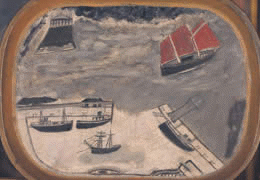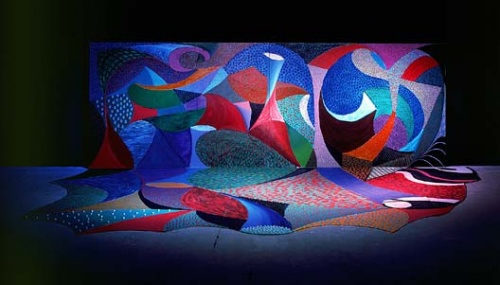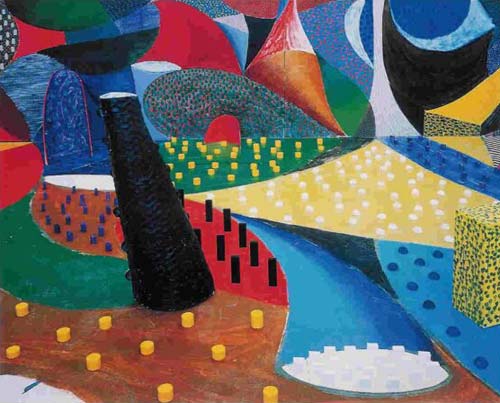-
Par aks le 18 January 2018 à 13:36
Suffragettes in prison
In order to prepare for your final task, you need to know about :
- the conditions of imprisonment of suffragettes
- how to write personal letters
Follow the links and take notes that will help you in your preparation work.
Suffragettes' life in a common jail, article published in the New York Times, November 1st, 1908
Read from paragraph 5 to 10 to discover the conditions of Mrs Pankhurst's detention. (19/03)
Take notes on :
- arrival at the prison
- prison clothes
- description of the cell (size, equipment)
- times and meals (routine)
Recap and oral comprehension : (20/03)
Alice Hawkins's prison notes, audio
Listen to the recording of Alice Hawkin's prison notes and find out more about prison routines and different categories of prisoners.
Letters from Holloway prison (22/03)
Read a letter and get ready to report on their content and the way they are written. Do they describe the conditions of detention as very difficult? What is mostly described as hard?
Homework :
How to effectively write a personal letter (before the final task)
Visit this site for a few technical tips on letter writing (take notes)
-
-
-
-
Par aks le 12 March 2012 à 21:37
- painting analysis : David Hockney

- a brief history of landscape painting

- paintings and I-Pad art by David Hockney

- Videos about artist David Hockney

-
Par aks le 12 March 2012 à 21:23
A brief history of landscape painting

Lamentation over Christ, late 15th early 16th Century
14th, 15th and 16th Centuries
The depiction of landscape in art has its roots in Greek and Roman times, with murals of landscapes painted on the walls of expensive villas. However, it was in the Renaissance when landscape gained in popularity. The ‘Classical’ vision of the land as a place for pleasure was reborn and people looked at the landscape with renewed interest.
Landscape painting was not produced in its own right at this time with early Renaissance painters presenting landscape as a backdrop to religious scenes and portraits.
As landscapes became more accurately portrayed, it became easier to integrate figures within them to be shown in proportion to the rest of the picture. Artists also started to use colours and forms in the background that mirrored the mood and the figures of the events depicted in their religious and mythological paintings.

Claude (Claude Gellée) (1604/5? - 1682)
Landscape with Apollo and Mercury, 1660
17th Century
By the 17th century there were two main centres of landscape painting in Europe: Italy, where landscape did not enjoy high status and paintings of landscapes tended to be idealised and classical, and the Netherlands.
In the Netherlands, great political changes for the country were reflected in its artwork when the Northern Netherlands won independence from Spain. People no longer wanted Catholic artworks linked to Spanish rule and many artists turned to painting the flat, recognisable landscape of the Dutch Republic, which reflected national pride.
By the late 17th century, many landscapes in the Netherlands were deeply influenced by the traditions and landscape of Italy in their use of light and colour

Giovanni Antonio Canal, known as Canaletto (1697 - 1768)
Regatta on the Grand Canal, c.1735
18th Century
The 18th century 'Grand Tour' involved many rich young men (and sometimes women) touring Europe, particularly Italy, visiting places famed for their art and architecture. They would often buy souvenirs, such as capricci (imaginary paintings depicting ruined or intact architecture in picturesque settings) and other landscapes. Canaletto was one of the most popular artists with those tourists, who was famed for his depictions of Venice.
France and Britain became the new centres of landscape art. In France, Watteau invented what is known as the 'Fête Galante', which depicted pastoral landscapes with figures enjoying picnics and walks in the countryside. In England, Gainsborough would make preparatory sketches from nature before painting the final scenes in his studio and even built miniature models of his landscapes in order to paint them with more accuracy.

View at Ornans, 1864
19th Century
One of the most important developments in the history of landscape was the invention of photography. Artists were no longer required to paint faithful, topographical depictions of the land and this led to greater freedom to interpret the landscape.
New artists' equipment led to a shift to painting outside. 19th-century artists such as Courbet and Boudin painted spontaneous pictures in the open air. By the latter half of the 19th century, influenced by Boudin and others, the Impressionists were causing a stir by exhibiting paintings that looked unfinished.

Schooner approaching Harbour, 1930
20th Century and Beyond
In the modern period, landscape has come to mean many things as artists embrace new media in addition to the more traditional media to create environments using light and colour.
As the world becomes more built up, urban landscapes also feature more heavily as well as artwork which reflects the plight of the landscape in the face of industrialisation and population growth.
-
Par aks le 3 March 2012 à 21:01

Garrowhill, oil on canvas, 98

Snail's Space, 2003
oil on two canvases, acrylic on canvas-covered masonite, wood dowels overall: 84 x 260 x 135 in. (213.4 x 660.4 x 342.9 cm)

Snail's Space, 2003 (detail)

Winter Timber, oil on 15 canvasses, 2009

Countryside, 2006

The Arrival of Spring
I-Pad Print, 2011

Untitled I-Pad print, 2011
-
-
-
Par aks le 27 January 2012 à 17:19
After trying different hosts I decided to come back to eklablog to create the class blog with your articles :
 Follow this section's article RSS flux
Follow this section's article RSS flux


